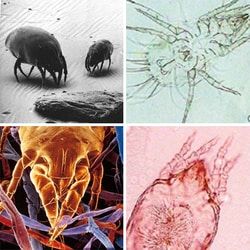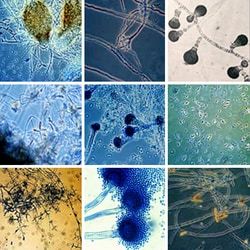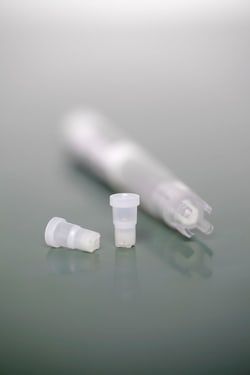7000036
Thermo Scientific™ ImmunoCAP™ Tree Allergen Components
Measure specifc IgE antibodies using ImmunoCAP™ allergens, an essential tool to aid in the diagnosis of allergic conditions.
Manufacturer: Fischer Scientific
The price for this product is unavailable. Please request a quote
Regulatory Status
FDA Cleared
Code Type
Tree
Quantity
10 Tests
Description
- Quantify specific IgE antibodies with ImmunoCAP™ Tree Allergen Components down to the molecular level, essential tools to aid in the diagnosis of allergic conditions
- IgE antibodies appear in human serum and plasma as a result of sensitization to a specific allergen
- Measurement of circulating IgE antibodies provides an objective assessment of sensitization to an allergen at the molecular level
- In general, low IgE antibody levels indicate a low probability of allergic disease, whereas high antibody levels to an allergen show, in general, a higher correlation with an allergic disease
- ImmunoCAP Specific IgE offers the laboratory: Truly quantitative measuring range from 0.1-100 kUA/L Intra-assay CV (%) comparable to routine clinical chemistry immunoassays Excellent consistency over time, and between countries, systems, labs and persons measuring range from 0.1-100 kUA/L Expected test values ImmunoCAP Specific IgE Allergen Component results are reported as quantitative values in the range 0.1 to 100 kUA/L, where A represents allergen-specific antibodies
- ImmunoCAP Allergen Components are purified proteins, either natural or recombinant
- ImmunoCAP Allergen Component tests for specific IgE antibodies employ these purified, individual allergen proteins, to identify and quantify the levels of IgE antibodies at the molecular level
- These assays offer the unique opportunity to assess a person’s allergic sensitization pattern at the protein level
- IgE antibodies to different protein families often elicit different types of reactions, so testing to identify which proteins are inducing the IgE response may indicate if a patient’s prior symptoms, or positive test results, were caused by allergy to a given substance or by a cross-reaction with another allergen
- Component testing also helps the clinician weigh a patient’s risk of a systemic reaction versus a more mild or localized response
- Specimen collection and preparation Serum and plasma (EDTA or heparin) samples from venous or capillary blood can be used Collect blood samples using standard procedures Keep specimens at room temperature (RT) for shipping purposes only Store at 2-8°C up to one week, otherwise store at -20°C Avoid repeated freezing and thawing Note: Blood samples for testing ImmunoCAP drugs and venom should be collected during or close to the event, preferably not later than 6 months after exposure
- If the test result is negative and an IgE-mediated reaction is still strongly suspected, it is advisable to draw a new sample and repeat the test at 5 to 6 weeks
- The presence of specific IgE antibodies is useful to identify the allergens that elicit symptoms and signs of allergy in patients with respiratory allergic diseases including asthma, food allergy, and anaphylactic sensitivity
- Knowing IgE antibody levels provides guidance to clinicians to: Identify offending allergens Tailor advice to individual patients Indicate development of tolerance (food allergy, specific immunotherapy) Inform optimized individual medical treatment plans Refer to specialists appropriately Evaluate whether or not specific immunotherapy is an option Specific IgE testing also aids in the identification of patients at risk of: The allergy march—a progression of skin symptoms to respiratory symptoms Severe symptoms including asthma exacerbations—a progression of mild symptoms to severe symptoms Progression of recurrent symptoms to persistent symptoms As in all diagnostic testing, a definitive clinical diagnosis should be made by the clinician after evaluation of all clinical and laboratory findings.






